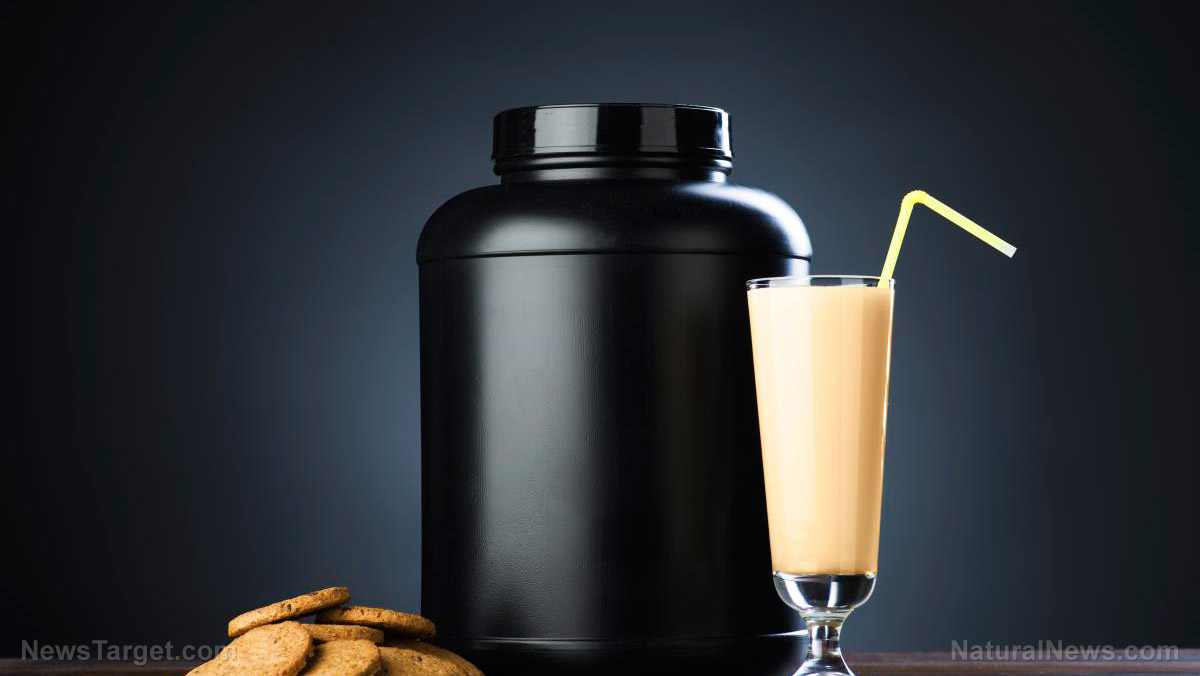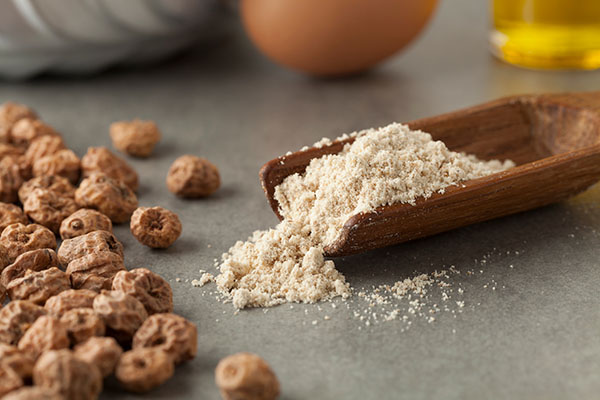
Advertisement
Protein is an essential nutrient for anyone trying to build muscle. While foods like fish and nuts provide excellent amounts the nutrient, some people opt to take protein powders to supplement their diet and hit their fitness goals more quickly.
Protein powders are concentrated sources of protein that come from animal or plant foods, like dairy, eggs, rice and peas. They aid people who struggle to meet their protein needs with food alone. In addition to athletes, this also includes people who are ill, older adults and vegetarians or vegans.
But not all protein powders are made equal. Some of them may contain unhealthy ingredients that often fly under your radar. Look out for the following ingredients when you’re shopping for protein powders: (h/t to FoodRevolution.org)
1. Heavy metals and other toxic chemicals
Heavy metals and other carcinogens can sneak into protein powders. In a study of 134 plant-based and animal-based protein powders, the nonprofit organization Clean Label Project found that many brands contain heavy metals like lead and arsenic, pesticides or other chemicals linked to cancer and other health conditions.
According to the organization, these toxic substances get into protein supplements because they can be absorbed by plants in the soil. They can also be absorbed during manufacturing. This usually happens when chemicals in the lining of containers leach into the product.
2. Sweeteners and flavorings
Nowadays, many foods contain sweeteners and other additives to enhance their flavor. Protein powders are no exception. In fact, some brands pack as much as 23 grams per serving, which is around the same amount in a scoop of ice cream.
Always check the nutrition label at the back of a protein powder. Look out for sweeteners like acesulfame potassium, sucralose and Splenda and flavorings like vanilla in the ingredients list. These additives are not just unnecessary but are also downright unhealthy. They train your brain to crave sweet foods and drive up your risk of heart disease, Type 2 diabetes and other conditions.
3. Fillers
Many products come with claims like “100 percent whey” or a pure “blend of pea, rice, hemp and chia” to create the appearance of a complete amino acid profile. But don’t let these nutrition claims fool you.
Check the amounts of each protein source in the product. If they’re not listed, chances are that 95 percent of the product is filler made from the cheapest powder the manufacturer could find with the good stuff only making up the remaining 5 percent.
Besides cheap proteins, common fillers used in protein powders include dextrin (a carbohydrate from starch) and maltodextrin (produced from corn, rice, potato starch or wheat). Some manufacturers also use additives called gums to thicken, emulsify and stabilize their products. These ingredients are unnecessary and some people find them hard to tolerate.
Unfortunately, there’s no easy way to tell if a protein powder contains a bad type of protein or that the amino acid profile is incomplete. The Food and Drug Administration (FDA) leaves it up to manufacturers to evaluate the safety and labeling of dietary supplements, which means companies are basically their own bosses when it comes to labeling their products.
How to boost your protein intake the healthy way
The best way to boost your protein food is by eating protein-rich foods. There is a wide range of protein sources to diversify your palate and make each meal exciting. Take a look at some tips to sneak more protein into your diet:
- Add greek yogurt. A serving of Greek yogurt contains around 18 grams of protein, whereas most protein powders have around 20 to 25 grams. To make up for the difference, top your yogurt with an ounce of nuts and you will add an extra four grams of protein.
- Eat meat. There’s no denying that meat is one of the best sources of protein. Three ounces of it – or about the size of a deck of cards – packs around 20 to 30 grams of the nutrient. Be sure to eat healthy kinds of meat like fatty fish and chicken.
- Snack on nuts. For vegans out there, you can still hit your fitness goals without sacrificing your lifestyle. Foods like nuts are super-rich in protein and completely vegan.
- Add beans to anything. Beans are protein-rich foods that you can add to just about any dish – pies, savory dishes, snack foods, ice cream – you name it.
- Incorporate quinoa. Quinoa is a complete protein because it contains all the essential amino acids your body needs. Swap quinoa for rice or pasta and add it to soups, salads and muffins for extra nutritional value.
- Explore ancient grains. Sorghum, spelt, amaranth and other ancient grains boast great amounts of protein. Sorghum, for example, contains around 10 grams per half a cup.
There are many ways to boost your protein intake without relying on protein powders that may contain dangerous ingredients like heavy metals and added sugars. Explore the healthy diet strategies listed here for good nutrition.
Sources:
Advertisements







